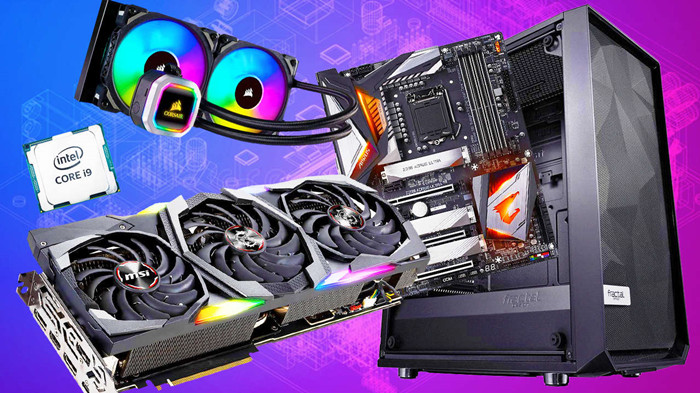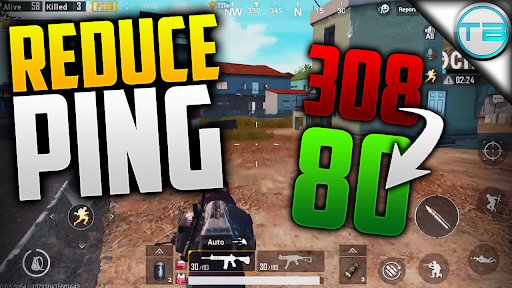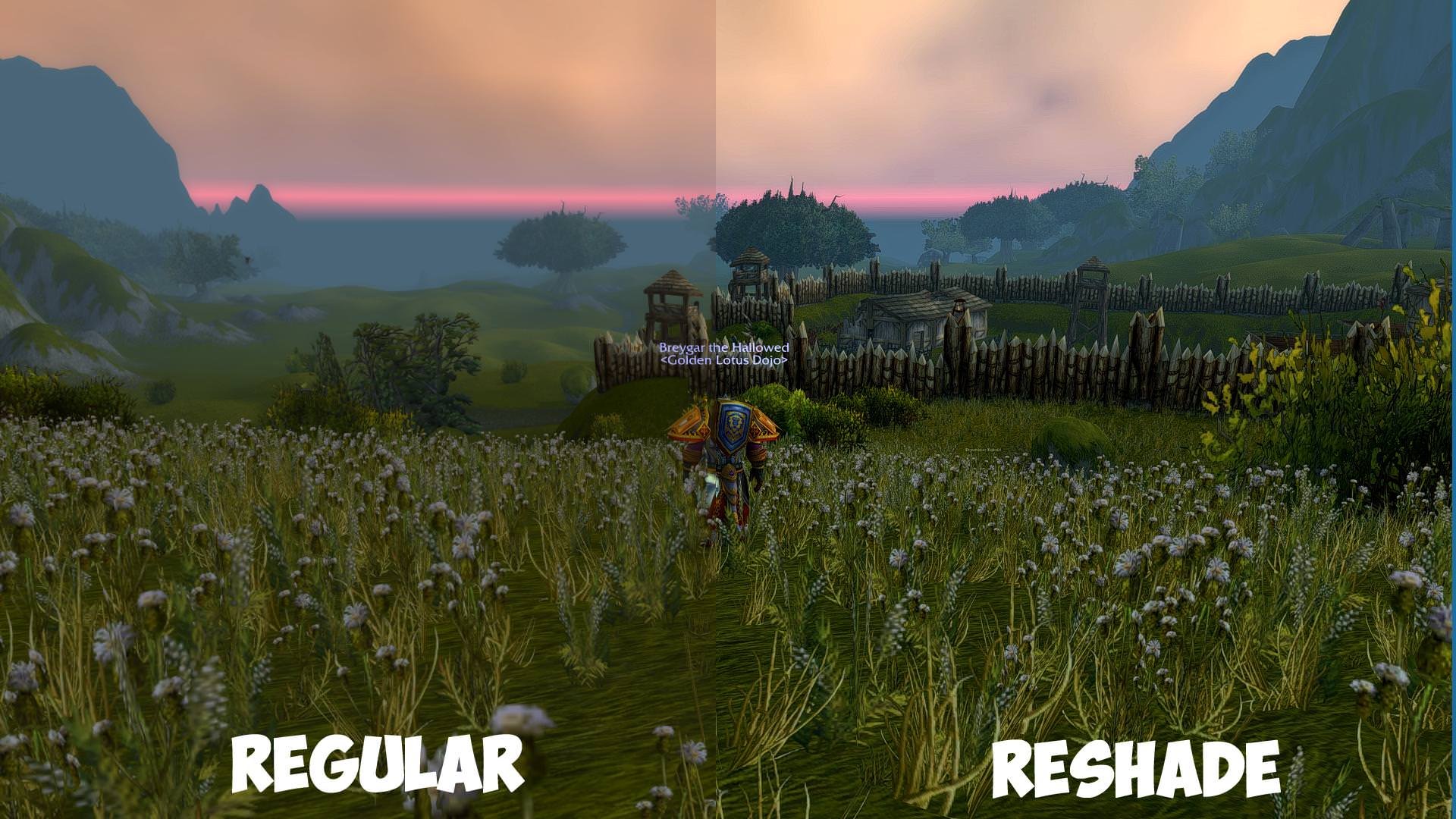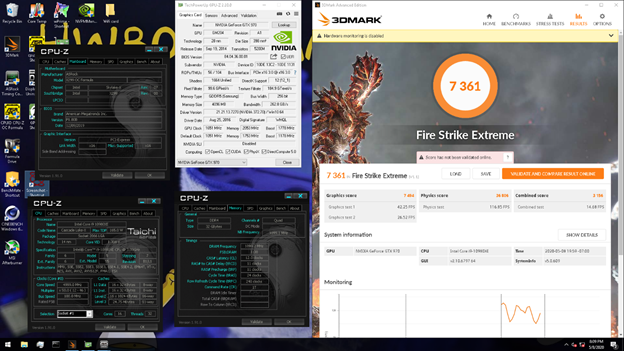Home > Blog > How to Build a $600 Gaming PC - a Step-by-Step Guide
How to Build a $600 Gaming PC - a Step-by-Step Guide
Building a $600 gaming PC for the first time is not something that requires someone professional. If you know your way around cables and PC components and follow a good step by step guide, then you can build your gaming PC from scratch.
by Jennifer | Jan 13, 2022
Building a gaming PC for the first time is not something that requires someone professional. If you know your way around cables and PC components and follow a good step by step guide, then you can build your gaming PC from scratch. For regular PC builders, one Philip head screwdriver can do the job but if you want the wires to look tidy and watch to show off your graphics card and cool RGC fans through your gaming chassis, you mind need some zip ties and with nose pliers as well.

Now before jumping into the build, you need to set the budget and requirements that what you are trying to achieve with your build. You cannot get a heavy-duty processor and install a mere 2 GB RAM just to bottleneck your processor. You need to fight the perfect combo while staying in the budget to build yourself a fast gaming PC.
Budget for different builds:
•Low budget builds: $300 to $500 build allowing you to play maximum games at low settings and you can enjoy E-sports gaming experience at low resolutions.
•Mid-range gaming build: $600 to $800 falls into the category of mid-range gaming allowing you to enjoy games 1440p and virtual reality experience is possible. If you want to stream the games, you can create good content but have to compromise a little on the quality.
•High-End Gaming builds: Spending more than $1000 will get you a serious gaming rig with serious means for 4K content creation and gaming.
Step by Step guide:
At this point, you should have chosen all the components within your budget. Always pay attention to buy components that complement each other. You don’t want your components to bottleneck the performance of others.
1.Takedown all the screws and panels off your gaming casing and store them in a bowl or inside the chassis.
2. Cooling your gaming rig is very important so, if you have extra fans then this is the time to put them on. Install two fans on the front that will draw air into the system and install one on the back that will take the hot air out the system.
3. To install the motherboard first put the side with input/output shield to the back of the casing and push the shield in the slot of the PC case. Align the Motherboard according to the cutouts for the perfect fit and lay down the motherboard in the chassis. Once all cutouts and I/O shield are perfectly aligned, you just need to secure the motherboard by tightening the screws that you took down in the first step.
4. After the motherboard is done, it’s time to install the brain of the computer that is the CPU. On the motherboard, you will notice a slot where you can mount the processor. At one corner you will notice a small golden triangle and the same golden triangle will be on the processor as well. This will give you the idea on which side you have to put the processor. Now lift the arm-like thing from the motherboard and place the processor. Secure the processor by locking it with the arm. Give a little nudge to the processor to make sure it is fixed in the right place.
5. Installing the RAMs is easy but they are the most crucial part to run your games and other applications smoothly. On the motherboard, you will find empty slots where you can install the RAMs. Push out the lock from both ends and line the notch of RAM and RAM slot. Once they are aligned, push the RAM into the slot. You will hear a nice click sound as the locks will automatically secure the RAMs in the slot.
6. For non-volatile memory, there are fixed 3.5-inch spaces in the chassis for the hard drives. In 2020, SSDs are in trend and chassis have separate SSD bays. Regardless of the storage type, to ensure clean cable management, make sure connection points are facing towards cable cutout. This will help you maintain a clean wire system and nothing will get messy.
7. After everything is mounted, you need to give power to the whole rig. Remove the PSU bracket and fix the power supply in its place. Now the test of your cable management skills starts. You need to thread every cable and slide the PSU to lock it in its place. If you are using an older gaming chassis, you got to secure the PSU by fixing it inside the rig and securing it with four screws. There is a front end button to power up the PC and other sockets like audio and headphone jack, USB ports, and microSD card slot. Make sure to connect that panel with a power supply so you won’t forget linking a few buttons and have to open the rig again. For the USB 3.0 header, make sure to connect it with a blue slot that supports 3.0.
8. Cable management can be tricky if you don’t know which cable belongs to which slot. 8-pin EPS cable will go in the 8-pin power slot on the motherboard. Then get rid of the 24-pin cable by plugging it in ATX power port. For storage devices, SATA power cables will be used. Connect the SATA coming from the PSU into the hard drive for power. Last but not least is the PCIe power cable to power up the GPU.
9. The last step would be to put in the graphics card in its slot and enjoy the gaming. Align the cutouts of the graphics card with the slot available on the motherboard and plug it in. Power up the graphics card using the PCIe power cable. Once everything is done, before assembling all the panels, try to turn on the PC and check everything is working fine. Once that is checked out, install all the panels, make sure to wipe the glass panels to clean any smear marks.
By following these steps, you can build your gaming PC and enjoy gaming experience without having to wait for a professional to set up your PC.
Related Tips & Guides
Hot Articles
- 4 Tips to Fix Nvidia Control Panel Missing Issues on Windows 10
- How to Fix PUBG Lag/Delay [PC Version]
- How to Fix AMD Radeon Graphics Cards Black Screen Issues
- How to Download and Use Logitech Gaming Software
- [Solved] How to Fix Nvidia Driver Crashing on Windows 10/8/7
- How to Update AMD/Nvidia/Intel Graphics Driver for Better Gaming Experience
- How to record gameplay on Windows
- How Much RAM Do I Need for PC Gaming
- How Does Reshade Affect Gaming PC Performance?
- About Smart Game Booster
- About US
- Online Feedback
- User Manual
- FAQs
© 2023 Smart Game Booster. All Rights Reserved




